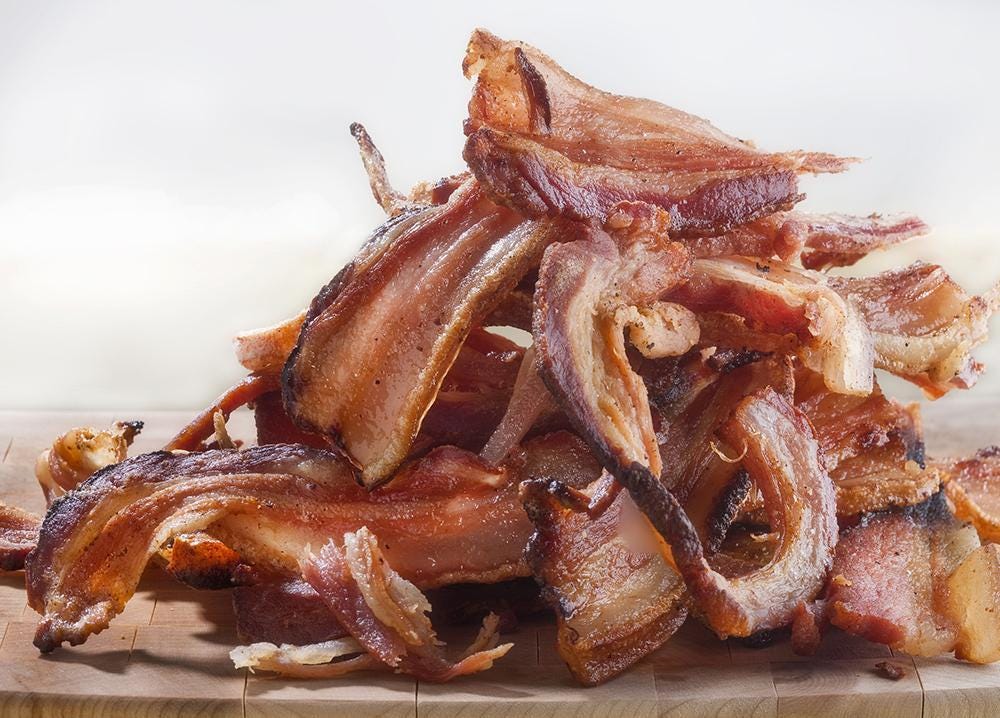Early on in my career, I worked for a manager who was barely able to mask his contempt for his employees. No matter what you did, he simply could not be pleased.
As team morale suffered, I devoted more and more time to the task of trying to crack his code. Ultimately, I never managed to understand what drove his behaviors while I worked for him.
The experience left a lasting impression on me. Years later, when I started BodeTree, I promised myself that I would never be that kind of leader. I wanted to foster an environment where people felt empowered, appreciated, and genuinely happy to be part of the team.
However, in trying so hard to avoid creating the toxic environment that I dealt with earlier, I ended up going too far in the other direction. I wanted to be friends with my team members, and that caused me to avoid conflict, set nebulous expectations, and ultimately fail those around me.
Eventually, I came to a stark realization: Employees need a leader, not a friend.
Leadership is a lot like parenting. When you’re a parent, you love your child so much that you want to give them anything they want. The temptation is that by reveling in the good times and spoiling them with gifts, they will somehow love you more.
The truth, however, is that parenting isn’t about fun and games. It’s about molding your child into a person who can be an upstanding, respectable, and successful adult some day. That requires discipline, dedication, and difficult decisions. If you want what’s best for your child, you act as a parent first and a friend second.
The same logic applies to managing a team. As a leader, it feels good when the team is relaxed, comfortable, and having fun. You’re viewed as a “fun boss,” that people relate to. However, just as with parenting, leadership requires more. You can’t help people grow, mature, and perform without pushing them.
If you don’t lay out expectations for the team, push people out of their comfort zones, and hold people accountable, you’re failing in your most important role as a leader. Trying to be everyone’s best friend is a fundamentally selfish act.
It’s not about you and how well you’re liked. Leadership is about helping people become the best they can be. That means stepping up and doing what is hard, no matter what.
Avoiding conflict only makes things worse
I usually revel in conflict. There is something about embarking on a righteous crusade that motivates and inspires me. However, I don’t care for intra-office conflict. As a leader, I prefer to give people the benefit of the doubt and hope that they simply do the right thing.
That approach, however, causes more problems than it avoids. The reason is that people rarely want to do the wrong thing. When behaviors disappoint or are misaligned with expectations, it’s usually due to differences in understanding or perception. Conflict avoidance does nothing more than take a bad situation and make it worse.
Instead, leaders must make their expectations clear, even when it is uncomfortable. For example, we have relatively flexible hours here at BodeTree. If a team member wants to work 8:30 to 5:30, that usually isn’t a problem. However, I have some team members who, by the nature of their job, need to be in at 8:00 sharp.
I’ve struggled to articulate that need well in the past, for a few reasons. First, I always hope that people simply do the right thing. Second, I hate setting double standards. As a result, I’ve avoided saying anything. That approach, however, is as cowardly as it is ineffective.
What I needed to do was simply level with those team members, explain the situation, and set expectations. The ambiguity created by my conflict avoidance only led to confusion and frustration.
Accept that leadership is lonely
People still subscribe to the pyramid model of leadership, where the king sits at the top and is supported by legions of team members who strive to please. Instead, true leadership is like an inverted pyramid, with the entire organization relying on a single leader to support their efforts.
There is no escaping the fact that the role of the CEO is a fundamentally lonely one. You have no peers and end up doing the team a disservice when to try to be everyone’s best friend. Leadership means putting others ahead of yourself, and the team ahead of everyone. That requires discipline, sacrifice, and courage.
If you do the right thing for individuals and the team as a whole, you won’t always be liked. That simply goes with the territory, because employees need leaders, not friends.






